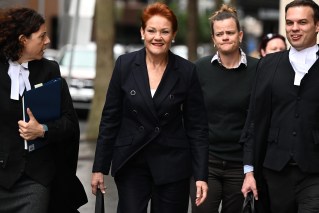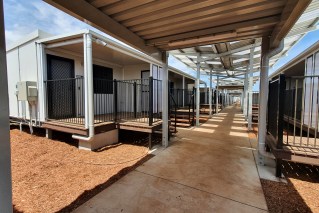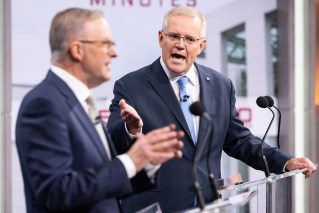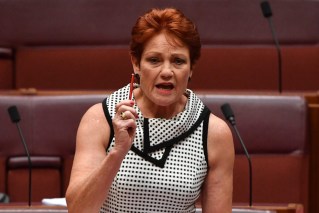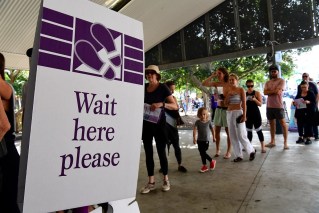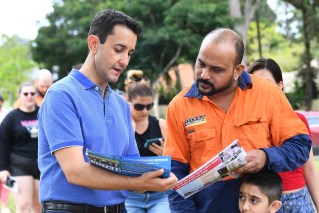Everyone’s a winner, but what’s the best way to carve up billions in tax cuts?
Reworking the stage three tax cuts, rather than axing them entirely, could address bracket creep for those it hits hardest while saving the federal budget billions.

Australia Institute economist Greg Jericho. (file image)
Taxpayers would still end up with more in their pockets under four scenarios outlined by progressive think tank the Australia Institute, but less of the benefit would flow to top-income earners.
It said rejigging the controversial scheme could save the public purse up to $130 billion over 10 years.
Institute chief economist Greg Jericho, said the federal government was not facing an all-or-nothing choice, contrary to how the discussion was usually framed.
“There is a middle ground between delivering stage three as legislated under the Coalition and cancelling them altogether – ensuring more of the tax pie goes to workers who need it most,” he said.
The stage three tax changes, due to come into force in mid-2024, at an expected cost of more than $240 billion over 10 years, will lower the 32.5 per cent and 37 per cent marginal tax rates to 30 per cent.
They were bundled together with other tax changes that passed parliament in 2019.
Labor committed to keeping the changes ahead of the last election and has stood firm on its position to keep them now that it is in government.
The think tank’s research suggests the government has a rare opportunity to keep its promise to deliver the tax cut while making them more targeted and equitable.
Bracket creep, which is when taxpayers pay a higher marginal rate without their incomes actually increasing in real terms, is flagged as a genuine problem in the report.
Inflation is often the cause, according to the researchers – if prices are rising faster than wages, and marginal tax rate thresholds are not adjusted, taxpayers end up in higher tax brackets but are earning the same amount.
The options floated all do more to address bracket creep for those affected the most – those earning less than $120,000 a year.
Someone earning $100,000 would have as much as $868 more come tax time, while those bringing in $65,000 would be as much as $875 better off.
Under all four alternatives, everyone earning between $45,000 and $124,600 would be better off than in the legislated set-up.
Those in the highest income bracket would still benefit under each model, but the cut would be smaller.
“Each alternative would shave between $70 billion and $130 billion off the cost of stage three over the decade, allowing the government to raise the rate of JobSeeker to the level of the age pension while still spending less than the current approach,” Dr Jericho said.
As the stage three changes stand, the Parliamentary Budget Office estimates that 72 per cent of the benefit of the stage three cuts will go to the top 20 per cent of taxpayers.

